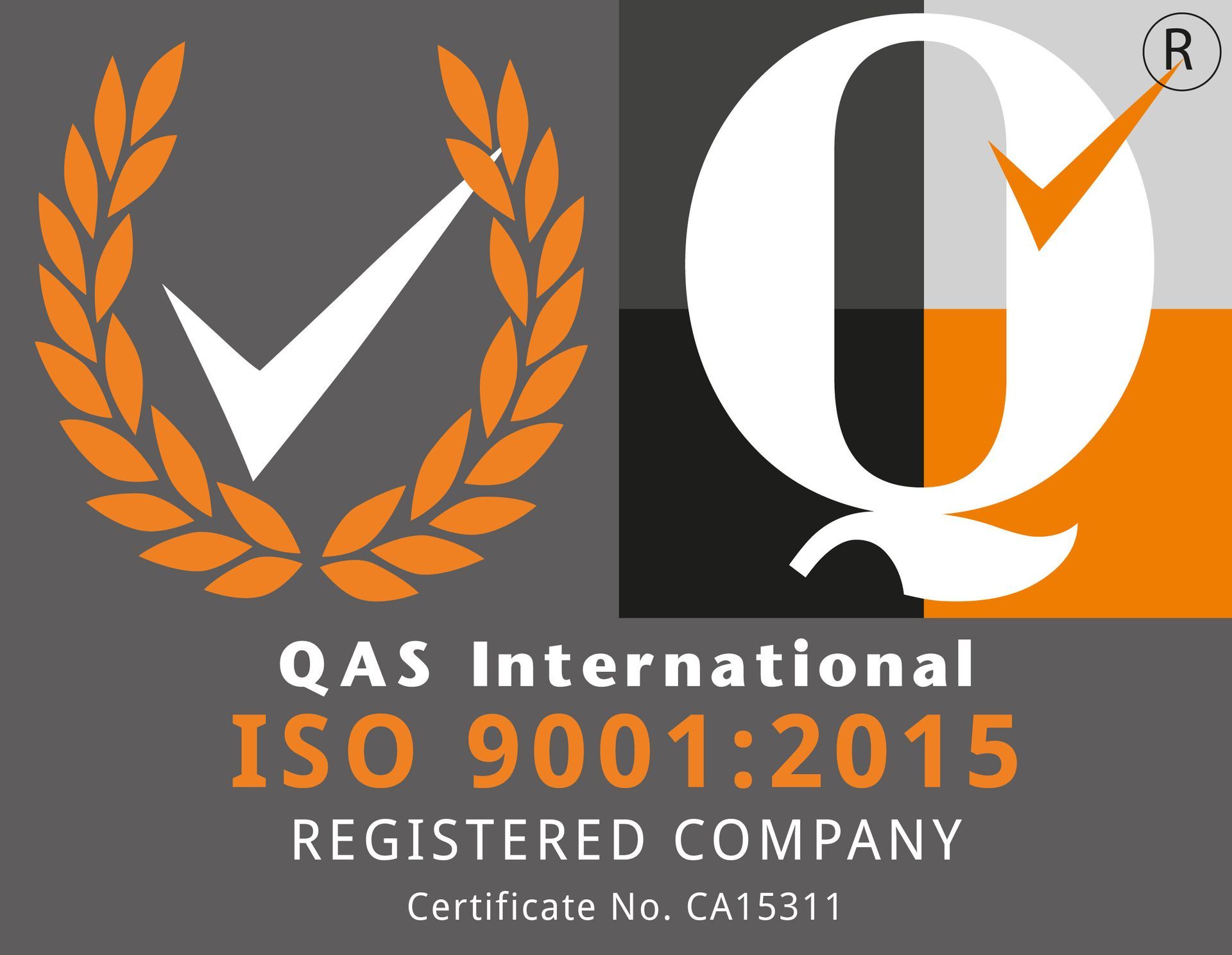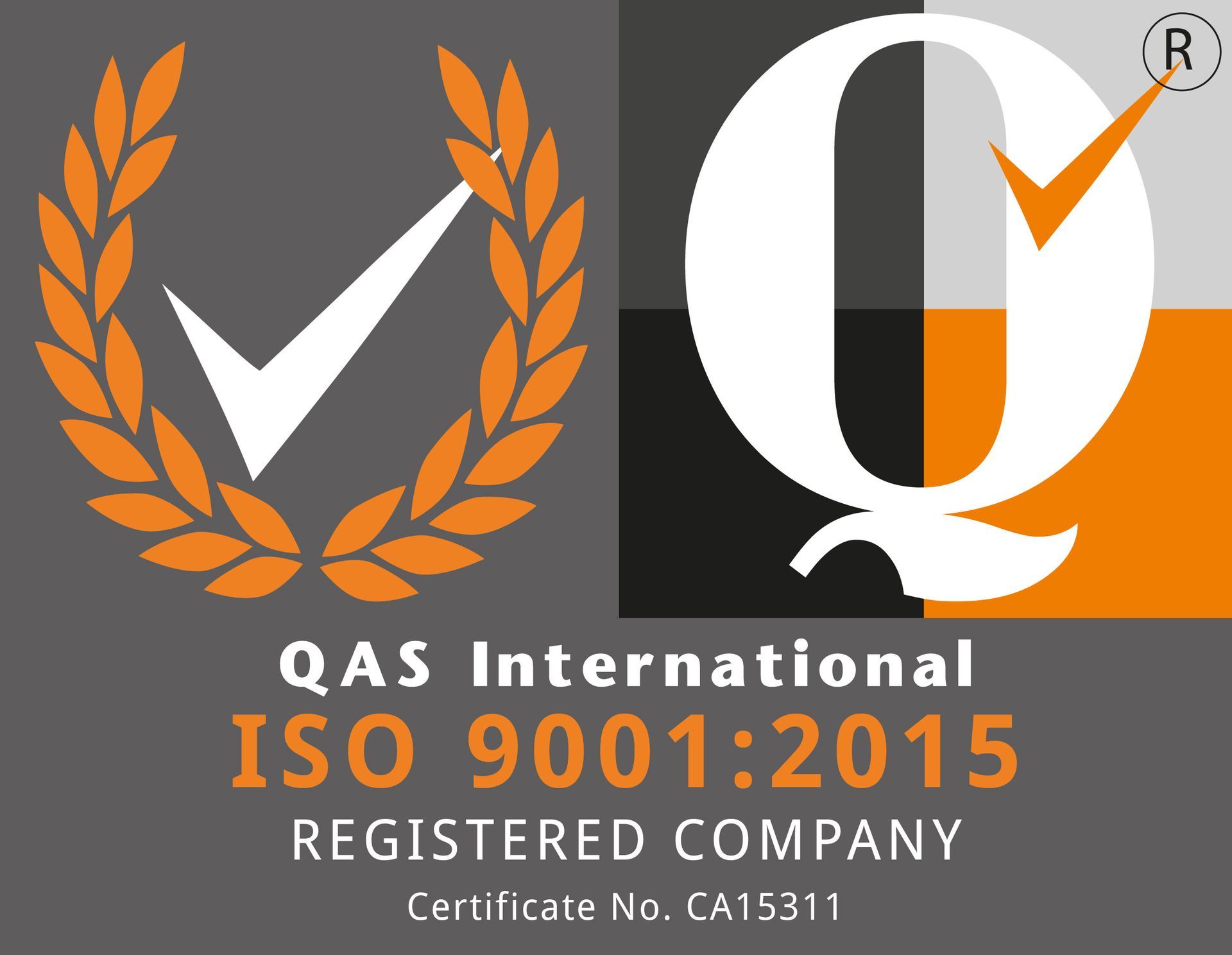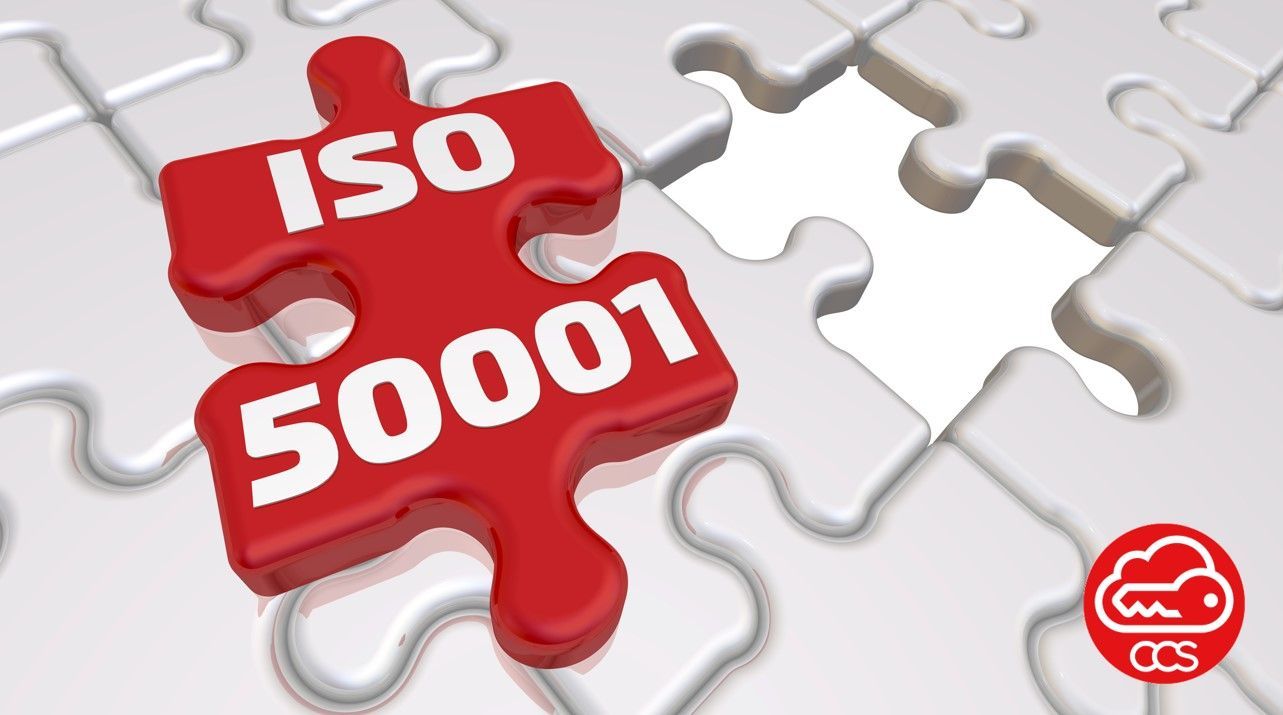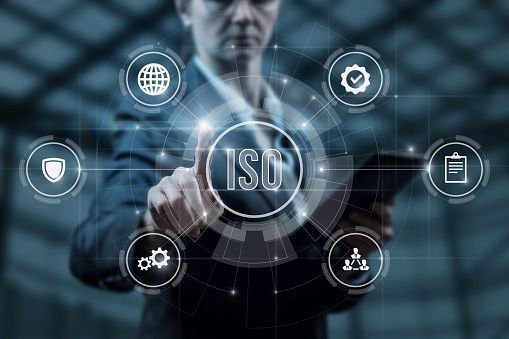Leveraging ISO 50001 to Mitigate Energy Price Fluctuations:
A Strategic Approach for Businesses
Businesses worldwide face the daunting challenge of dealing with unpredictable energy price fluctuations. These fluctuations can significantly impact operating costs and profit margins, creating a pressing need for organizations to adopt proactive energy management strategies. One such approach gaining prominence is ISO 50001, an internationally recognized standard that offers a systematic framework for improving energy performance and reducing exposure to energy price volatility.
ISO 50001: A Primer
ISO 50001 is a comprehensive energy management system (EnMS) standard developed by the International Organization for Standardization (ISO). It outlines a structured and strategic approach to help organizations establish, implement, maintain, and continually improve their energy performance. The goal is to enhance energy efficiency, reduce greenhouse gas emissions, and mitigate the impact of energy price fluctuations.
Energy Price Fluctuations: The Challenge for Businesses
Energy prices have long been subject to volatility due to various factors such as geopolitical events, supply-demand dynamics, weather conditions, and technological advancements. For businesses, fluctuating energy costs can disrupt budgetary projections, undermine profitability, and hinder long-term planning. In this context, it presents an opportunity for organizations to transform this challenge into a competitive advantage.
How ISO 50001 Can Help with Energy Price Fluctuations
- Energy Performance Monitoring and Target Setting:
- It emphasizes establishing baselines for energy consumption, enabling organizations to monitor their energy usage over time. By setting clear energy performance targets, businesses can better plan for varying energy prices and take corrective actions when deviations occur.
- Energy Efficiency Improvements:
- Implementing this standard often involves identifying energy-saving opportunities and investing in energy-efficient technologies. By reducing overall energy consumption, businesses can reduce their exposure to price fluctuations and become less reliant on high-cost energy sources during peak periods.
- Risk Assessment and Contingency Planning:
- It encourages organizations to conduct energy-related risk assessments, which includes assessing the impact of energy price volatility on their operations. This allows businesses to develop robust contingency plans that help them respond effectively to unexpected energy price hikes.
- Diversification of Energy Sources:
- With a focus on energy management, it facilitates the exploration and adoption of alternative and renewable energy sources. Diversifying energy sources can help buffer businesses against price fluctuations in traditional fossil fuels and promote long-term energy security.
- Enhanced Communication and Collaboration:
- The standard promotes a culture of energy awareness and collaboration across all levels of an organization. By involving employees in energy-saving initiatives, businesses can foster a shared commitment to optimizing energy use and responding swiftly to market shifts.
As the energy market continues to exhibit unpredictability, organizations need to be proactive in managing their energy consumption and costs. ISO 50001 offers a systematic and proven approach for businesses to optimize energy performance, reduce greenhouse gas emissions, and effectively navigate energy price fluctuations.
By adopting, companies can transform energy challenges into opportunities for sustainable growth, cost savings, and enhanced competitiveness in a rapidly evolving energy landscape.



